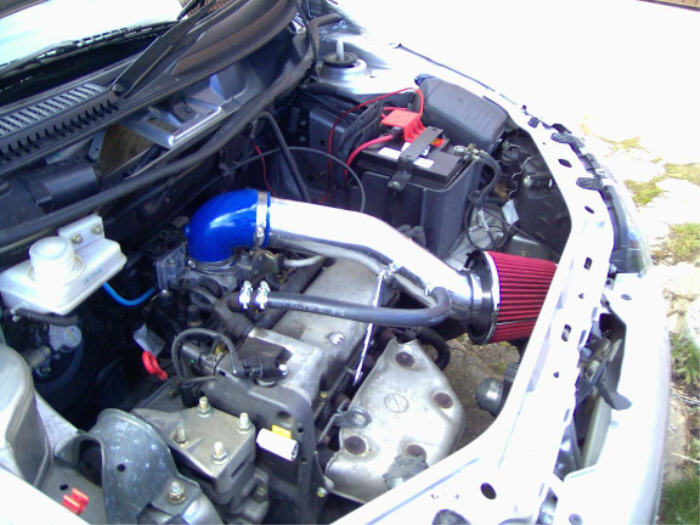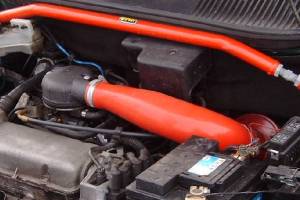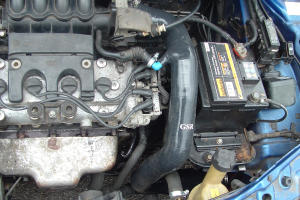Right there are so many threads of people asking the same questions about induction kits so in an attempt to cut down these threads I am making one amster one 
This thread is information on induction kits for mk2 punto's
1.2 8V
Focus Induction Kit

This kit costs around £40 and can be purchased from ebay by typing in "Focus induction kit". You will need to buy a bit of piping or tube to fit the breather pipe to the appropriate engine component.
This kit will give you a deeper noise and a minimal increase in performance.
There is a guide to fitting this kit here:
https://www.fiatforum.com/punto-guides/157789-fitting-focus-induction-kit-8v-1-2-punto.html
GSR Induction Kit

This kit costs £159 and can be ordered from GSR direct their website link is here: http://www.gsrengineering.com/engineering/pages/productsbycar/fiat/fiat_pun_induction.htm
You will need to speak to Peter who is a member on here called "oldSchool". If you have trouble conatcting him please post in here and someone should be able to help you out. This kit offers a better noise than the standard air filter and will also offer much better performance gains which have been tested on an RR.
The kit can be ftted by the owner of the car but it can be fitted by Peter himself if you live near and he is feeling genorous or if you go to an RR day.
The results of the above two kits being tested can be seen below:

1.2 16V
GSR Induction Kit
There is a kit available for the 1.2 16v from GSR as well this can be found on the same website above and should be ordered from Peter as mentioned above.

The kit is priced at £177 and can be fitted by Peter as mentioned above!
This kit is available for most Fiats so please check out the website if you require one for your vehichle. (Please do not ask questions about other models in this thread)
As per usual I have probably missed loads out but will add more to this when I think of more Please add or ask any induction related questions
Please add or ask any induction related questions 
This thread is information on induction kits for mk2 punto's
1.2 8V
Focus Induction Kit
This kit costs around £40 and can be purchased from ebay by typing in "Focus induction kit". You will need to buy a bit of piping or tube to fit the breather pipe to the appropriate engine component.
This kit will give you a deeper noise and a minimal increase in performance.
There is a guide to fitting this kit here:
https://www.fiatforum.com/punto-guides/157789-fitting-focus-induction-kit-8v-1-2-punto.html
GSR Induction Kit

This kit costs £159 and can be ordered from GSR direct their website link is here: http://www.gsrengineering.com/engineering/pages/productsbycar/fiat/fiat_pun_induction.htm
You will need to speak to Peter who is a member on here called "oldSchool". If you have trouble conatcting him please post in here and someone should be able to help you out. This kit offers a better noise than the standard air filter and will also offer much better performance gains which have been tested on an RR.
The kit can be ftted by the owner of the car but it can be fitted by Peter himself if you live near and he is feeling genorous or if you go to an RR day.
The results of the above two kits being tested can be seen below:

1.2 16V
GSR Induction Kit
There is a kit available for the 1.2 16v from GSR as well this can be found on the same website above and should be ordered from Peter as mentioned above.

The kit is priced at £177 and can be fitted by Peter as mentioned above!
This kit is available for most Fiats so please check out the website if you require one for your vehichle. (Please do not ask questions about other models in this thread)
As per usual I have probably missed loads out but will add more to this when I think of more





